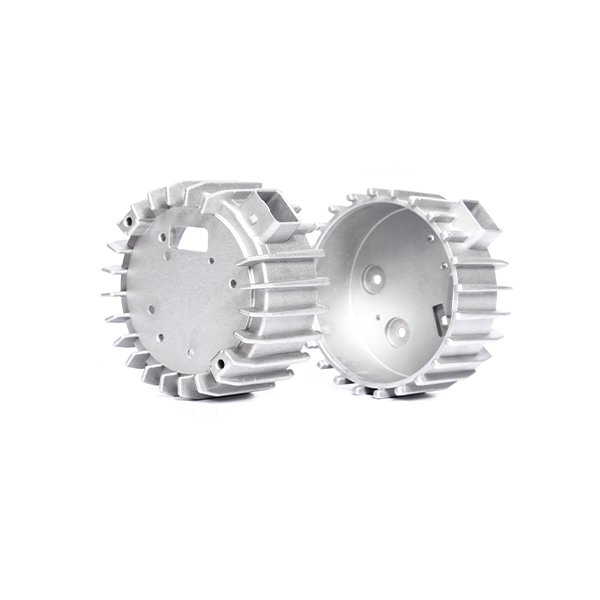Mobile:+86-311-808-126-83
Email:info@ydcastings.com
Exploring the Benefits and Applications of Pump Bellows Connectors in Fluid Transfer Systems
Understanding Pump Bellows Connectors A Comprehensive Overview
Pump bellows connectors are specialized components used in various industrial applications, particularly in fluid and gas transfer systems. These connectors are essential for accommodating movements and vibrations while maintaining a secure and leak-proof connection. In this article, we will delve into the purpose, design, benefits, and applications of pump bellows connectors.
Purpose of Pump Bellows Connectors
Pump bellows connectors serve several critical functions in fluid transfer systems. Primarily, they act as flexible joints that absorb movements caused by thermal expansion, equipment vibrations, or misalignment. In pumping systems, variations in temperature can cause components to expand or contract, potentially leading to stress and damage. Bellows connectors mitigate this risk by providing a flexible linkage that can adapt to these changes without compromising the integrity of the system.
Additionally, these connectors are designed to minimize the risk of leaks in high-pressure or vacuum applications. The bellows structure provides a tight seal that prevents fluid or gas from escaping, which is essential for maintaining system efficiency and safety.
Design of Pump Bellows Connectors
The design of pump bellows connectors is crucial for their performance and functionality. Typically, they are made from materials such as stainless steel, rubber, or other elastomers that can withstand harsh conditions. The choice of material is determined by factors such as temperature range, chemical compatibility, and pressure requirements.
The bellows itself is usually formed from a series of convolution patterns that allow for flexibility. These convolutions enable the connector to absorb axial and lateral movements, providing a buffer against vibrations. The connectors are often fitted with flanges or threaded ends for easy installation and secure attachment to pipes or pumps.
pump bellows connectors

Benefits of Using Pump Bellows Connectors
One of the primary benefits of pump bellows connectors is their ability to reduce wear and tear on connected equipment. By accommodating movements and vibrations, they help prevent mechanical failures and extend the life of pumps and piping systems. This resilience translates into reduced maintenance costs and increased operational efficiency.
Moreover, pump bellows connectors can enhance system safety. By providing a reliable seal and reducing the risk of leaks, they help prevent environmental hazards and ensure compliance with safety regulations. This is particularly important in industries such as chemical processing, oil and gas, and wastewater treatment, where spills and leaks can have significant consequences.
Applications in Various Industries
Pump bellows connectors are utilized across a wide range of industries. In the chemical industry, they are vital for transferring corrosive substances, where their chemical resistance and sealing capabilities are indispensable. In the water and wastewater sector, these connectors help manage the flow of fluids while accommodating the various pressures encountered in pumping stations.
The power generation industry also relies on pump bellows connectors to facilitate the efficient transfer of various fluids in turbines and cooling systems. In the HVAC industry, these connectors play a crucial role in maintaining temperature control and air quality by accommodating the movement of pipes due to thermal changes.
Conclusion
In summary, pump bellows connectors are indispensable components in modern industrial applications. Their ability to absorb movements, provide reliable seals, and enhance system safety makes them a preferred choice for many fluid transfer systems. Understanding their design, benefits, and applications can help businesses optimize their operations and ensure the longevity of their equipment. As industries continue to evolve, the relevance of pump bellows connectors will undoubtedly remain prominent in ensuring efficient and safe fluid management.
-
Why Should You Invest in Superior Pump Castings for Your Equipment?NewsJun.09,2025
-
Unlock Performance Potential with Stainless Impellers and Aluminum End CapsNewsJun.09,2025
-
Revolutionize Your Machinery with Superior Cast Iron and Aluminum ComponentsNewsJun.09,2025
-
Revolutionize Fluid Dynamics with Premium Pump ComponentsNewsJun.09,2025
-
Optimizing Industrial Systems with Essential Valve ComponentsNewsJun.09,2025
-
Elevate Grid Efficiency with High-Precision Power CastingsNewsJun.09,2025











